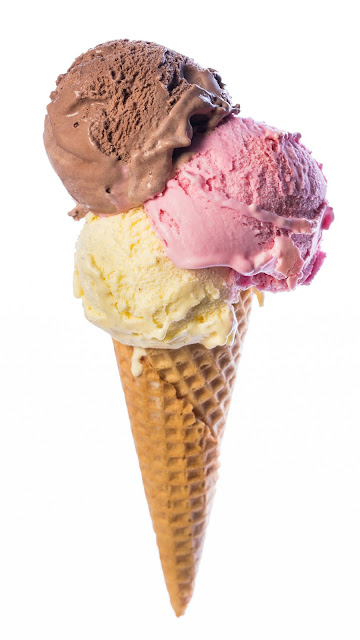Before discussing cozy, let’s address the regulatory updates, as they have been the talk of the food and beverage industry. This past Tuesday, January 14, 2025, FDA proposed a mandatory, front-of-package nutrition label for most packaged foods. If finalized, food manufacturers would be required to add a Nutrition Info box to most packaged food products three years after the final rule’s effective date for businesses with $10 million or more in annual food sales and four years after the final rule’s effective date for businesses with less than $10 million in annual food sales.
The proposal gives consumers readily visible information about a food’s saturated fat, sodium and added sugars content, three nutrients directly linked with chronic diseases when consumed in excess. The simple format includes identifying the amount of these nutrients as “Low,” “Med” or “High.” The label does not flag any of the good stuff inside. This limitation was immediately addressed by the International Dairy Foods Association (IDFA).
“With this proposed rule, the FDA has missed an important opportunity to educate consumers about the nutrients they need to live healthy lives. It is critical that any front-of-package labeling scheme be balanced and provide consumers with the broad scope of nutritional information that fully reflects the calcium, protein, vitamin D, potassium and other essential nutrients dairy provides,” said Roberta Wagner, senior vice president of regulatory and scientific affairs at IDFA. “By focusing solely on nutrients to limit, FDA’s proposed front-of-pack nutrition labeling rule would unfairly stigmatize a wide variety of nutrient-dense dairy products—such as milk, cheese and yogurt—despite extensive nutrition science showing their benefits for bone health, immune function, hydration and reduced risks of type 2 diabetes and cardiovascular disease. We urge the FDA to reevaluate its labeling approach to support comprehensive and transparent communication about the health benefits of dairy.”
Thank you IDFA! But here’s the deal. Will the FDA listen? Agree? Will there even be an agency after Jan. 20? I guess no agency would mean the proposal would go away and we may be back to pre-Nutrition Facts times—before 1990—when food labels were barely regulated. And pasteurization…what’s that? (Scary times ahead.)
The point is that it is up to dairy processors to do a better job of communicating the nutrition inside each and every product. Focus on the protein, the vitamins, the minerals and all those other powerhouse compounds.
- Pandemic Aftershocks: Rituals like baking and home cooking, popularized during lockdowns, continue to hold emotional value.
- Climate Anxiety: As uncertainty grows, consumers turn to nostalgic foods and small comforts for stability.
- Economic Pressures: Affordable indulgences, such as premium single-serve desserts, provide instant moments of joy. This phenomenon, known as the “lipstick effect,” was first observed by Estée Lauder, who noted lipstick sales growth during economic uncertainty.
- Digital Burnout: After years of screen fatigue, people crave tactile, sensory-rich experiences and real-world connections.
- Sociopolitical Stress: In polarized times, comfort foods and cozy entertainment provide much-needed escapism.
- Reimagining nostalgic favorites with elevated, high-quality ingredients.
- Focusing on authenticity through storytelling and ethical sourcing.
- Offering affordable luxuries that balance indulgence with mindfulness.






No comments:
Post a Comment